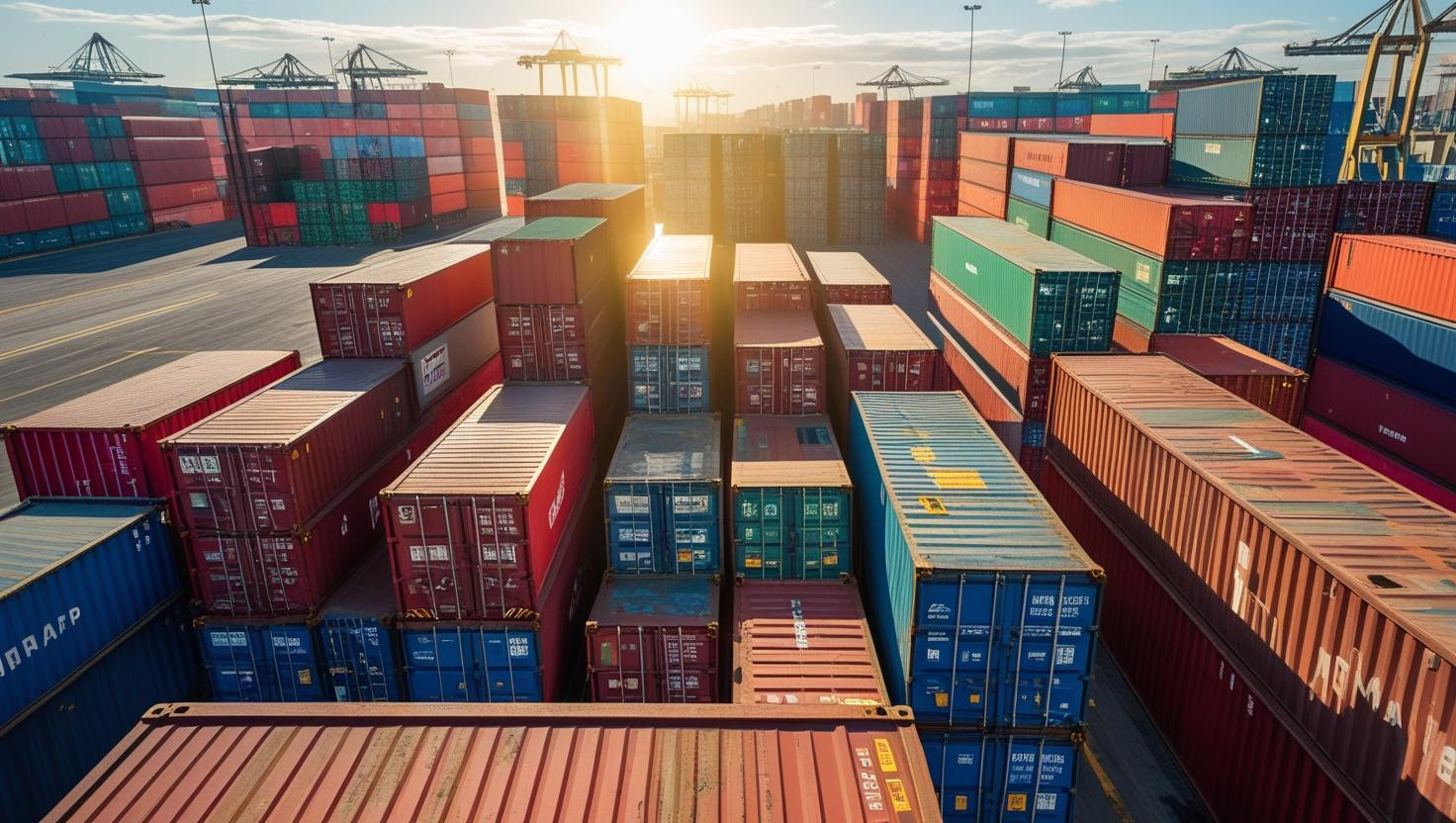After nearly three years of freight recession that devastated the trucking industry, whispers of recovery are getting louder. But is the 2025 freight market recovery real, or just another false dawn? For truck drivers, owner-operators, and anyone looking to enter the industry, understanding these signals could mean the difference between landing a great job and getting stuck in a struggling market.

The Numbers Don't Lie: Recovery Signals Are Emerging
The data coming in from major freight analysts is cautiously optimistic. The American Trucking Associations projects that after two years of declines, truck volumes are expected to grow 1.6% in 2025, and ultimately rise to nearly 14 billion tons by 2035. While 1.6% might not sound explosive, it represents a crucial turning point after years of contraction.
Even more encouraging, industry experts believe we've hit the floor and are beginning to climb back up, with rates appearing to have bottomed out in 2024.
Spot Rates Show Promise, But Recovery Isn't Overnight
The spot market—where drivers and owner-operators often find their most lucrative loads—is showing signs of improvement. FTR foresees a steadily improving truckload spot rate market, about a 5.5-6% increase in spot rates over the course of 2025. While FTR calls this "nothing to get overly excited about," it's "certainly welcome from a carrier perspective."
Here's what this means for drivers:
- Better paying loads: 5-6% rate increases translate directly to better per-mile rates
- More consistent work: As demand stabilizes, freight becomes more predictable
- Negotiating power: Drivers gain leverage as capacity tightens
However, experts warn that carriers shouldn't expect a quick turnaround. The recovery is more of a gradual climb than a rocket ship.
What's Driving the Recovery?
Several factors are converging to create this freight market upswing:
Normalized Capacity: Capacity remains elevated but is beginning to normalize gradually. Class 8 build rates declined further in April to 801 units/day, and used equipment activity has increased, helping reduce excess inventory. Translation: fewer trucks competing for the same loads means better rates for those still running.
Market Recovery Momentum: The gradual nature of recovery is creating sustainable foundations rather than speculative bubbles that characterized previous freight booms.
Contract Market Stability: Contract rates, which provide the stability that many drivers and fleets depend on, are close to bottoming out and expected to see positive growth year-over-year through 2025.
Regional Variations: Where Recovery Is Strongest
Not all regions are experiencing recovery equally. Long-haul operations are seeing particular strength, with long hauls of more than 600 miles showing improved performance metrics compared to January 2025.
If you're a driver or looking to become one, focus on:
- Long-haul opportunities: 600+ mile runs are showing the strongest recovery
- Contract freight: More stable than spot market volatility
- Specialized hauling: Niche markets often recover faster than general freight
The Reality Check: Challenges Remain
Despite positive signals, significant challenges persist. The industry is still working through excess capacity issues and rate pressures from the extended freight recession that began in 2022.
Additionally, external factors like potential policy changes could impact freight volumes and trade patterns, creating uncertainty for international and border-crossing operations.
What This Means for Your Career
For Experienced Drivers:
- Now is the time to negotiate better rates if you're owner-operator
- Consider moving to carriers that haul contract freight for stability
- Long-haul positions are becoming more attractive
For New Drivers:
- The improving market means more job opportunities
- CDL schools and carriers are likely to increase recruitment efforts
- Entry-level positions may offer better starting wages
For Fleet Owners:
- Used equipment markets are improving, making expansion more viable
- Focus on efficiency and cost control until full recovery materializes
- Contract freight offers more predictable revenue streams
Looking Ahead: Sustainable Growth or Another Bubble?
Industry experts believe this recovery has more sustainable foundations than previous freight booms. The gradual nature of the upturn, combined with more disciplined capacity management, suggests we're building on solid ground rather than speculative excess.
The freight recession taught the industry hard lessons about overexpansion and unsustainable pricing. As we move through 2025, the focus on efficiency and sustainable operations should create a healthier market for everyone.
The Bottom Line
The 2025 freight recovery appears real, but it's a marathon, not a sprint. For truck drivers and those considering entering the industry, the fundamentals are improving. Rates are stabilizing, demand is growing, and capacity is normalizing.
While we're not back to the boom times of 2021-2022, the worst appears to be behind us. For job seekers in transportation, this gradual recovery could provide the stable growth and improving opportunities that make trucking an attractive career choice once again.
The key is staying informed, being selective about opportunities, and positioning yourself in the segments of the market showing the strongest recovery signals. The freight train is leaving the station—make sure you're on board.